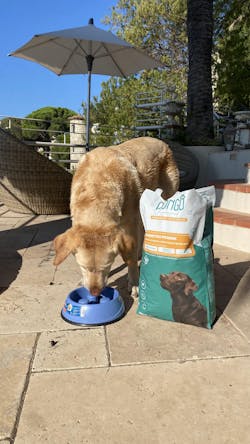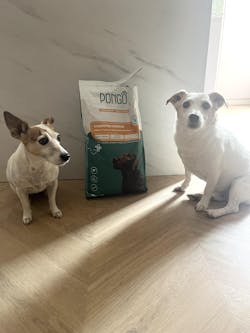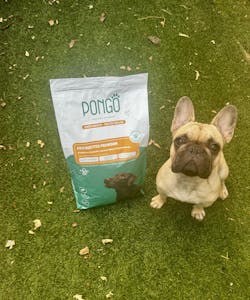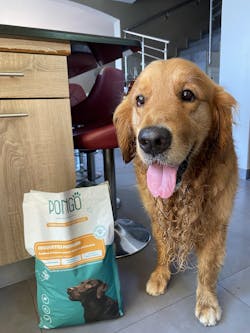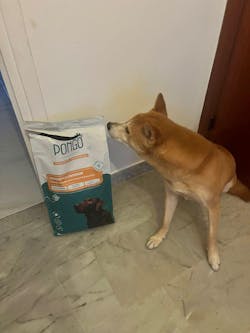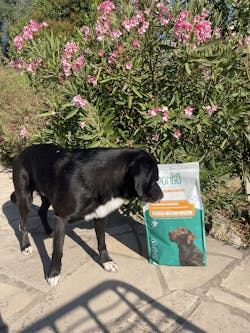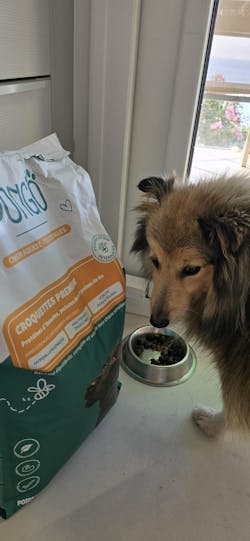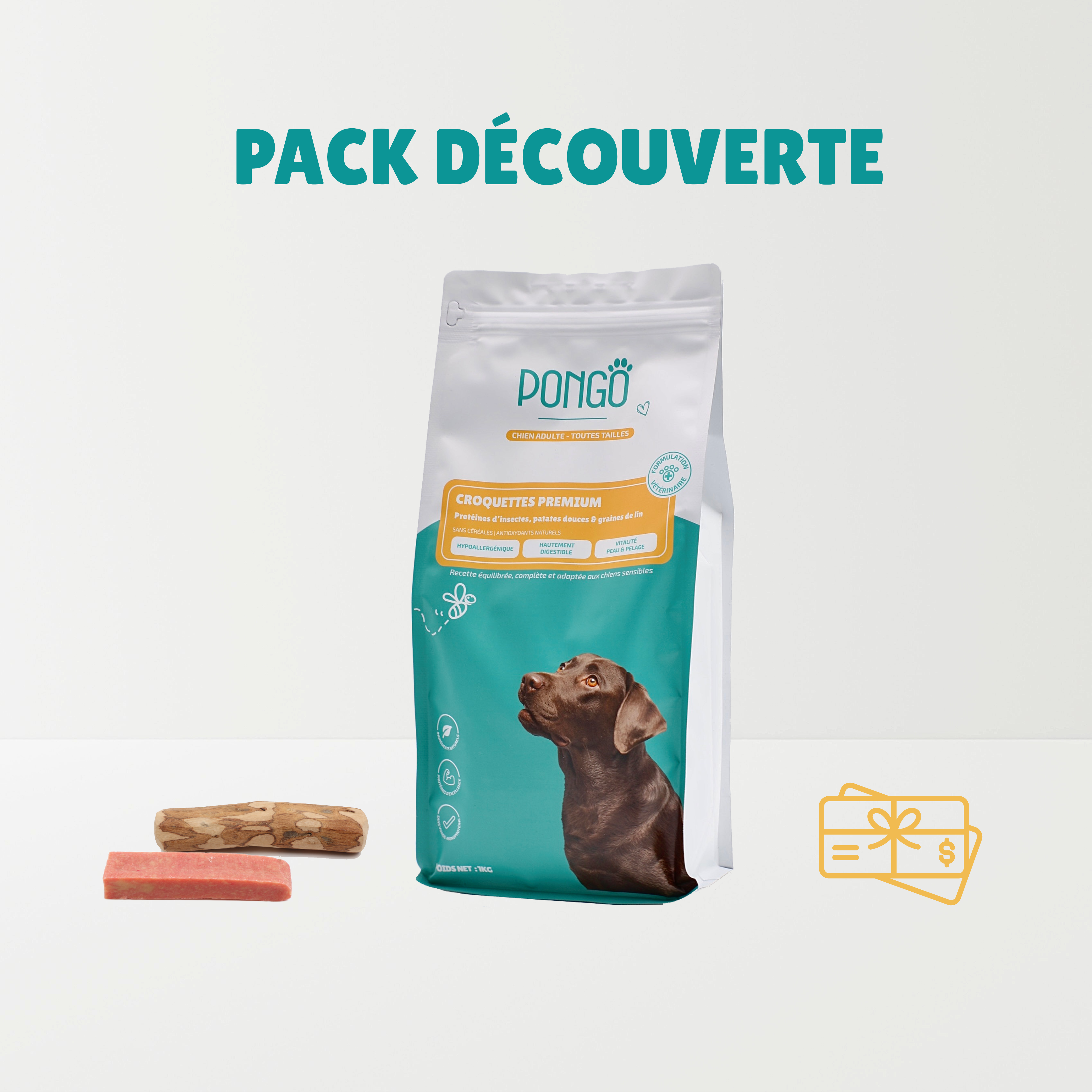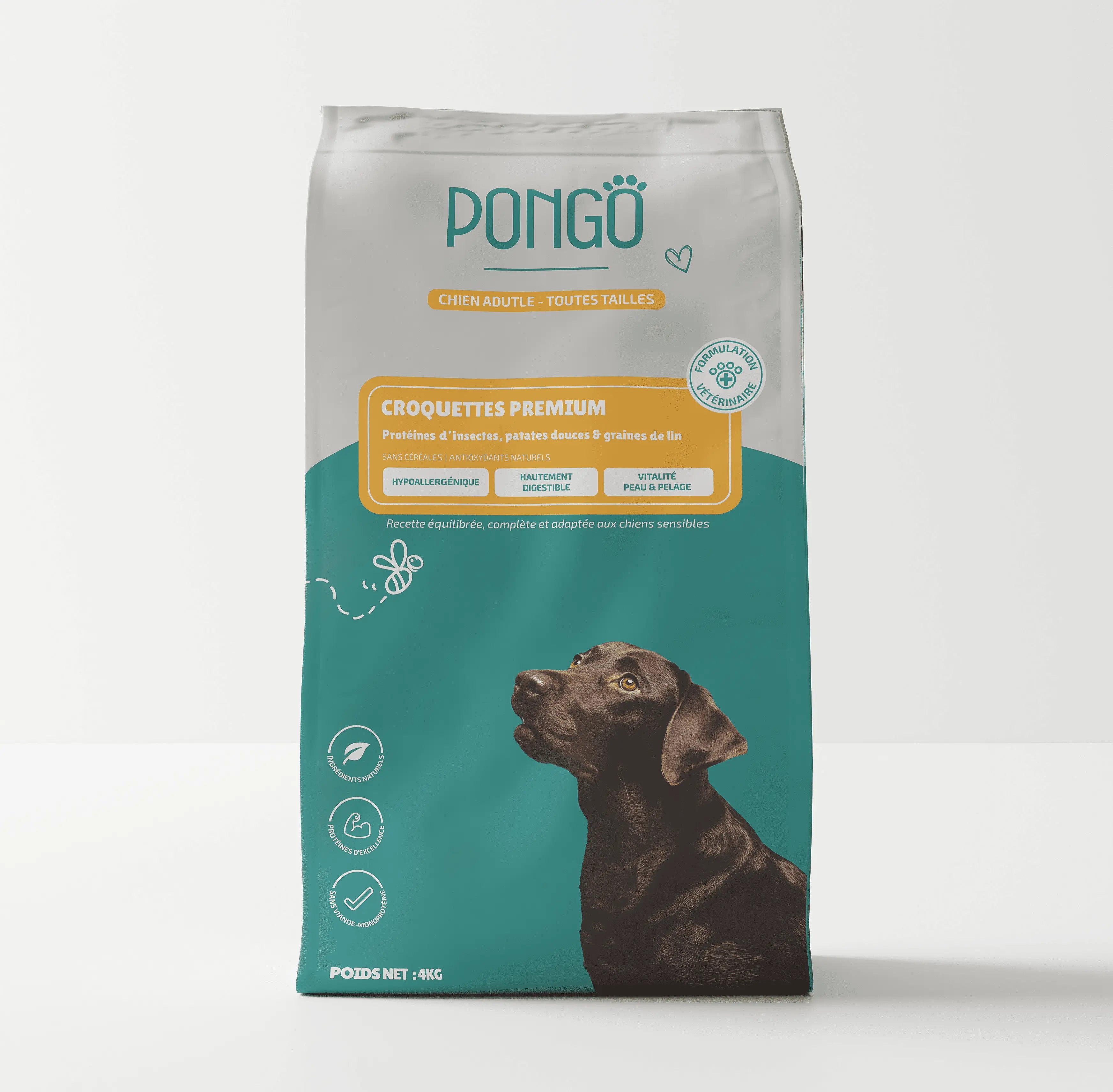Dog Dermatitis: How to Soothe Your Dog ?
Dermatitis is a common skin condition that can cause various skin problems. This inflammation may be triggered by several factors, including allergies, infections, or parasites.
Understanding the causes, symptoms, and available treatments helps provide quick and effective relief for your pet.
How Can I Tell if My Dog Has Dermatitis?
Several signs should alert you:
-
Intense itching (pruritus)
-
Redness and skin inflammation
-
Abnormal hair loss
-
Dry, flaky, or oozing skin
-
Appearance of scabs or sores
-
Unpleasant odor (in case of infection)
-
Excessive licking and biting
-
Thickened or darkened skin in chronic cases
These symptoms can affect various parts of the body, especially the ears, paws, belly, and skin folds.
If your dog shows one or more of these symptoms, it is very likely that they suffer from atopic dermatitis.
Causes of Dermatitis in Dogs
This skin condition can have several origins:
1 - Allergies
Allergies are one of the main causes of dermatitis in dogs. They can be of various types:
-
Food allergies: Some kibble containing irritating ingredients can trigger a skin reaction.
-
Environmental allergies: Pollen, dust mites, mold, dust...
-
Contact allergies: Certain substances (shampoos, fabrics, chemicals) can irritate the skin.
Allergic dogs may show chronic itching and excessive licking of their paws.
2 - Parasites
Fleas, ticks, and mites (such as mange) are common causes of dermatitis. Flea bites, in particular, can cause flea allergy dermatitis (FAD).
A dog infested with parasites may develop wounds from intense scratching, which can lead to secondary infections.
3 - Infections
Skin infections can be bacterial, fungal (such as ringworm), or viral in origin. They often occur when the skin is weakened by another condition.
Bacterial infections often cause pustules and a bad odor, while fungal infections cause circular patches with hair loss.
4 - Hormonal Disorders
Certain hormonal diseases (hypothyroidism, Cushing’s syndrome) can weaken the skin and promote the development of dermatitis in dogs. These disorders may manifest as symmetrical hair loss, thickened skin, and poor coat regrowth.
5 - Stress and Hygiene
A stressed dog or one living in an unsuitable environment may develop skin problems. Both excessive and insufficient grooming can worsen the situation.
Excessive grooming can irritate the skin and strip away its natural protective oils.
Solutions and Treatments to Soothe Your Dog
1 - Identify and Treat the Cause
A veterinary diagnosis is essential to identify the origin of your dog’s dermatitis and adapt the treatment accordingly. Allergy tests or skin analyses may be necessary.
2 - Adjust the Diet
A quality diet plays a key role in skin health. Opt for hypoallergenic dog food rich in essential fatty acids (omega-3 and omega-6). They promote healthy skin and reduce inflammatory reactions.
Supplements containing zinc and vitamin E can also help strengthen the skin barrier.
3 - Parasite Treatment
Regular parasite prevention (spot-ons, collars, tablets) is essential to avoid flea and tick infestations.
If your dog is particularly sensitive to flea bites, it is recommended to use natural repellents as a complementary measure.
4 - Skin Care
-
Use a soothing, hypoallergenic shampoo.
-
Moisturize the skin with natural balms and oils (such as coconut oil and aloe vera).
-
Avoid harsh chemical products.
-
Thoroughly dry your dog after bathing to prevent excessive moisture, which encourages infections.
5 - Medications and Supplements
Depending on the cause, the veterinarian may prescribe:
-
Antihistamines or corticosteroids for allergies.
-
Antibiotics or antifungal medications for infections.
-
Dietary supplements (omega-3, biotin, zinc) to strengthen the skin barrier.
-
Immunotherapy for severe allergies.
6 - Environment and Well-being
-
Regularly clean your dog’s bedding and accessories.
-
Reduce stress with activities, playtime, and a secure environment.
-
Avoid prolonged exposure to identified allergens.
Conclusion
Dog dermatitis is a common issue but can be effectively managed with proper diagnosis, an adapted diet like PONGO kibble, and appropriate care.
By adopting a preventive approach and providing regular care, you will help improve your companion’s comfort and quality of life.
If you found these tips helpful, please share this article and help other dog owners take better care of their pets ! 🐶








